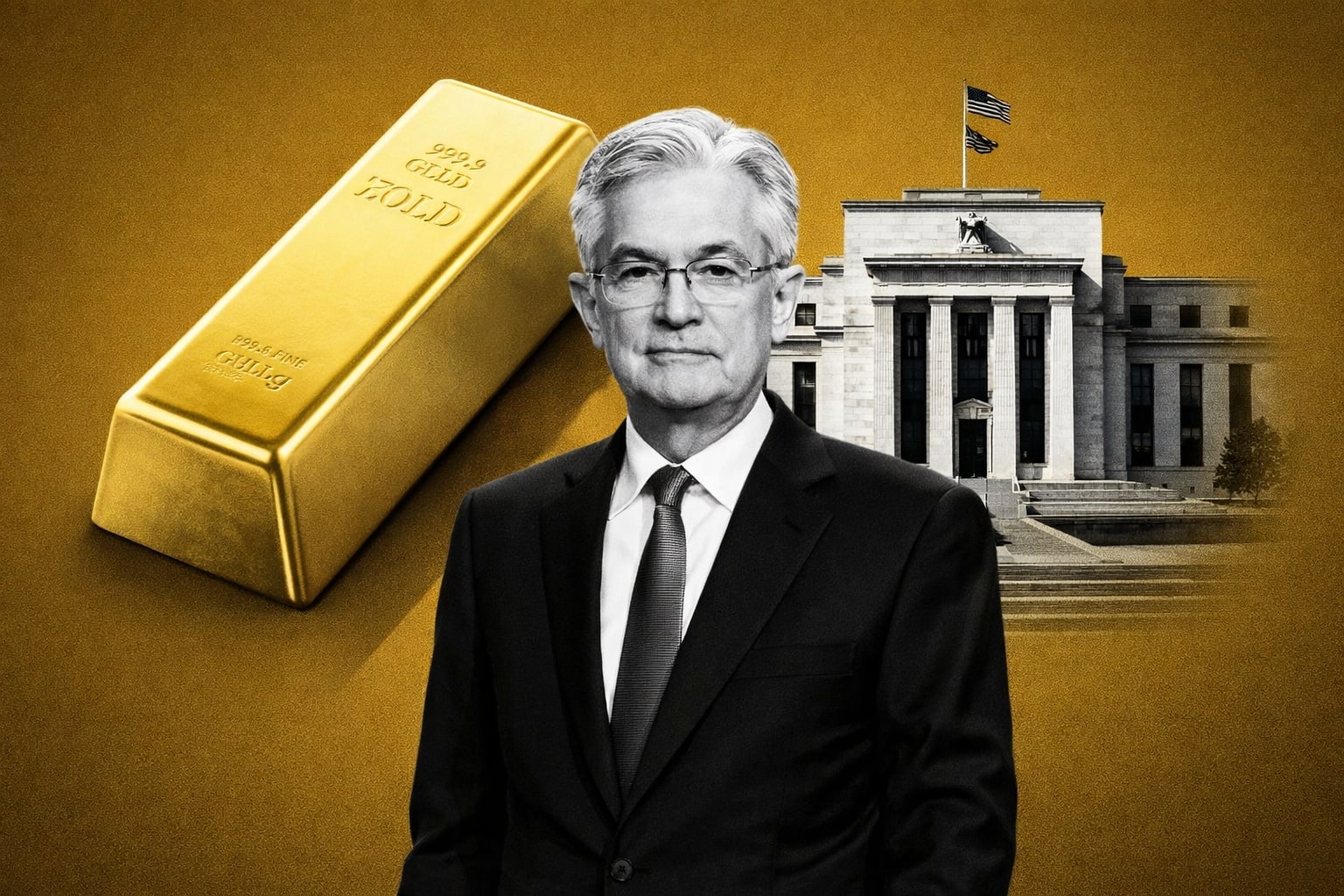
Oil Futures Rise Despite Consecutive Quarterly Losses
Amid Macroeconomic Headwinds and Rate Hike Prospects, Saudi Output Cuts Provide Balance for Oil Market | That's TradingNEWS
As of the end of June 2023, Benchmark Brent crude futures for August, which had expired, settled at $74.90, a gain of 56 cents, or 0.8 percent. This gain marked a downturn of six percent over the previous three months. However, in the early trading hours of July 1, Brent crude oil prices remained relatively stable, on course to record their first monthly gain this year. The oil market attributes this stability to a steep decrease in oil stocks and OPEC+'s output reduction plans, which balance out fears associated with rising interest rates.
Meanwhile, US West Texas Intermediate crude (WTI) settled at $70.64 a barrel, an increase of 78 cents, or 1.1 percent. Despite this growth, WTI witnessed its second consecutive quarterly drop, down about 6.5 percent in the latest quarter. Both benchmarks ended slightly higher on June 30 and are projected to gain more than two percent for the month.
A significant factor influencing crude oil prices is the anticipated resumption of the rate-hike campaign by the US Federal Reserve. After a brief hiatus, Federal Reserve Chair Jerome Powell signaled the resumption last week. This action was spurred by stronger-than-expected US economic data, emphasizing the necessity for more monetary tightening to control inflation. Additionally, the market anticipates China's purchasing managers index reports, which will offer initial insight into the performance of the factory and services sectors in Asia's largest economy for June.
Take A look At DBO Invesco DB Oil ETF..More>> Notably invests in futures contracts for West Texas Intermediate (WTI)
Crude oil prices also drew support from Saudi Arabia's planned output reduction for July. Other factors bolstering prices include strengthening US economic activity, substantial declines in US oil inventories, and a US Commerce Department report demonstrating slowing annual inflation growth over the past two years. US field production of crude oil fell in April to its lowest since February at 12.615 million bpd, as reported by the US Energy Information Administration.
However, global economic headwinds are expected to limit oil price gains this year. "Despite the announcements of two fresh rounds of cuts from OPEC /Saudi Arabia, crude prices have largely remained below $80 a barrel as the market has been driven less by fundamentals and more by macroeconomic concerns," stated HSBC analysts facing crude oil news.
The price of WTI crude futures settled at $70.64 on June 30, reaching a high of $71.04 and a low of $69.53. Simultaneously, the Baker Hughes rig count dropped for the 9th consecutive week, while crude oil inventories revealed a significant drawdown of 9.6 million barrels, significantly higher than expected. For the week, the price rose 2.07%. For the month, the price is up 3.7% after falling -11.32% in May. For the 2Q, the price fell -6.7%. For the year, the price is down -12.04%. Brent crude futures settled at $74.90, an increase of $0.56 or 0.75%.
The global benchmark, which is currently trading around $75 per barrel after a 13% decline thus far in 2023, was anticipated to average $83.28 in the third quarter before surpassing the $86 threshold in the fourth and fifth quarters. Forecasts for the price of U.S. crude oil in 2023 were reduced to $78.38 per barrel from $72.20 per barrel last month.
Crude Oil Price
WTI oil price Crude 70.64 +0.78 +1.12%
On a broader scale, Oil futures recorded their first monthly gain of the year, as presented on oil price chart yet another quarterly loss as investors fretted that sluggish global economic activity could undermine fuel demand. Brent crude prices registered their fourth consecutive quarterly loss, while West Texas Intermediate witnessed its first back-to-back quarterly declines since 2019.
OPEC's production cuts have been offset by increases elsewhere, particularly in Russia, leading to an oversupply situation. However, this might shift to undersupply in Q3, given Saudi Arabia's unilateral decision to cut an additional 1M bbl/day of output from July. The US Energy Information Administration forecasts a decline in global oil inventories from Q3 2023 through Q3 2024, which should gradually push up oil prices.
Read More
-
GPIX ETF 8% Monthly Yield and S&P 500 Upside at $53
13.01.2026 · TradingNEWS ArchiveStocks
-
XRP ETFs XRPI, XRPR and Bitwise XRP Pull In $1.5B as XRP-USD Stalls Around $2.13
13.01.2026 · TradingNEWS ArchiveCrypto
-
Natural Gas Price Forecast: NG=F Climbs Off $3.00 Floor as Cold Snap and LNG Flows Lift UNG
13.01.2026 · TradingNEWS ArchiveCommodities
-
USD/JPY Price Forecast - USDJPY=X Charges Toward ¥159 as Japan Election Fears Hit the Yen
13.01.2026 · TradingNEWS ArchiveForex



















